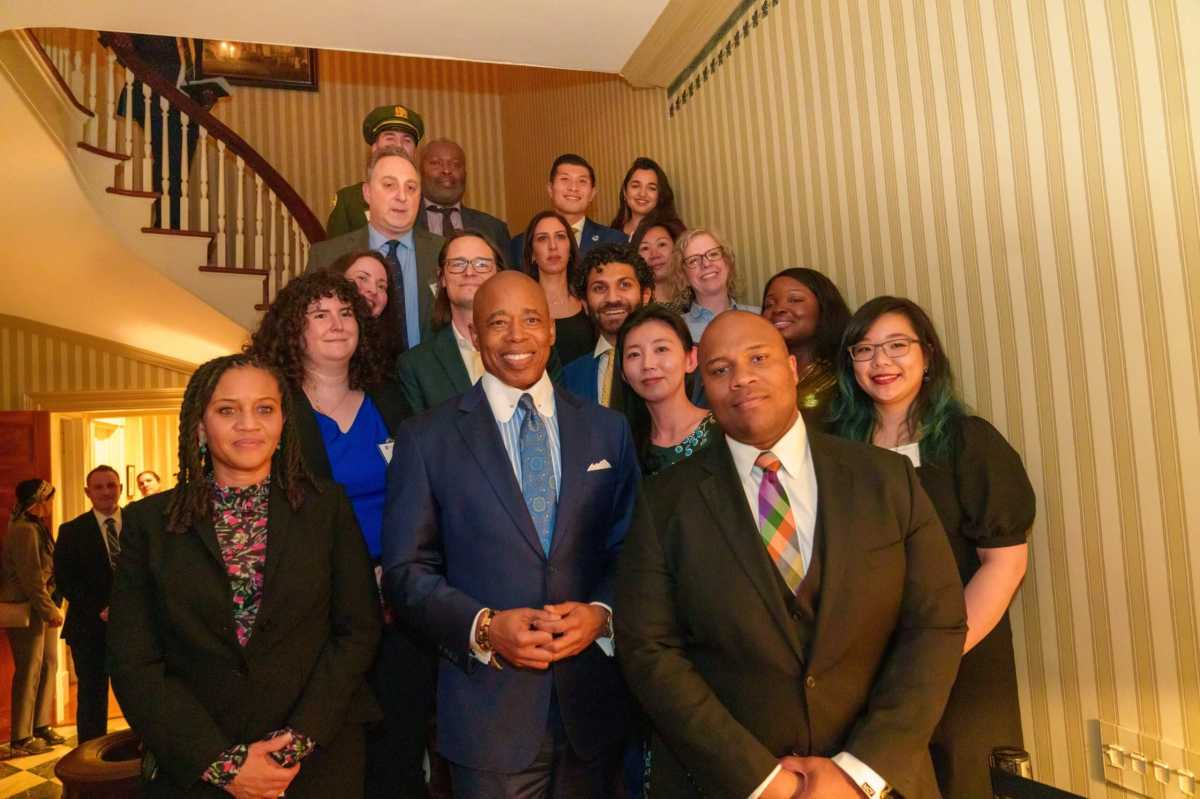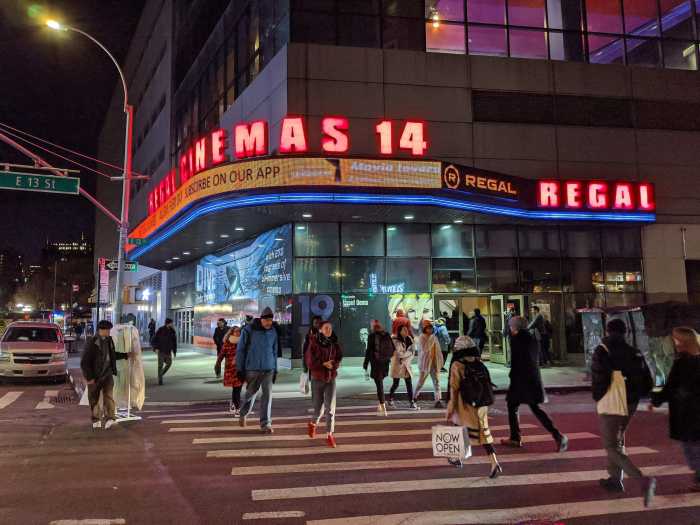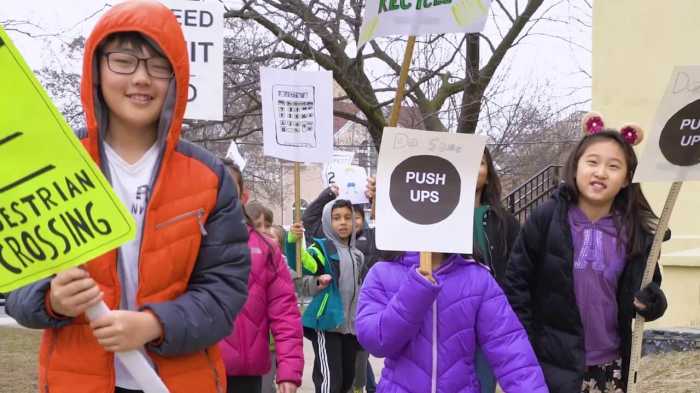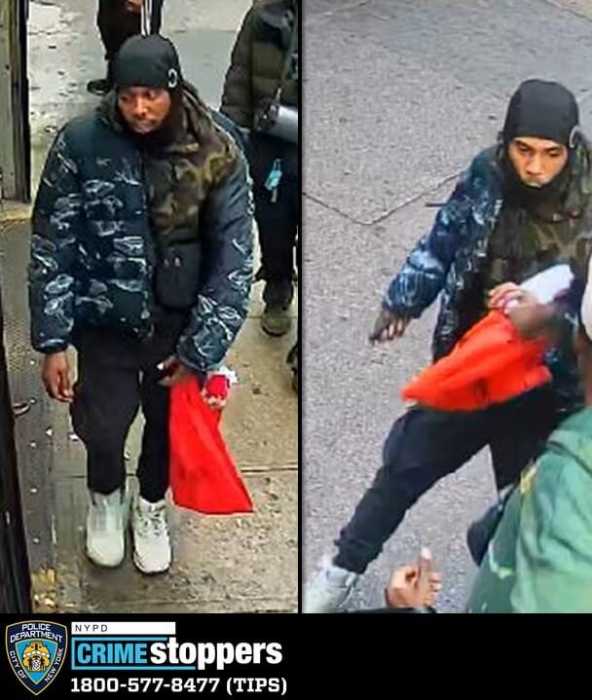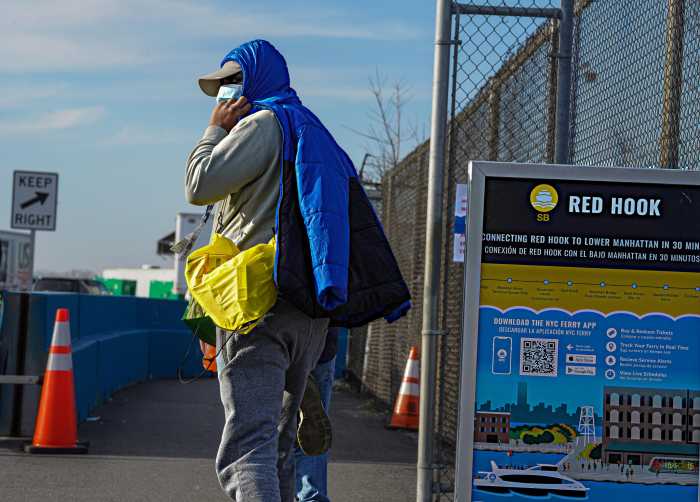From library-based public wifi hubs to genomic Covid technology development — the range of internal projects of city workers is wide and ambitious. That’s why every year since 2005 a nonprofit called the Hayes Prize Foundation singles out a group of city employees to honor with an award and a cash prize.
On Thursday night the city identified 15 city workers for innovative city government projects during a Hayes Prize awards ceremony at Gracie Mansion.
“To meet the challenges of the 21st century, we need bold, forward-thinking public servants who are willing to not just think outside the box, but break the box,” said Mayor Adams.
Since 2005, the Frederick O’Reilly Hayes Prize Foundation has spearheaded the contest to recognize exceptional city government workers. While the foundation has partnered with the Office of Technology and Innovation since last year, not all of the projects directly involved technological prowess. The winners, spread across from 10 city entities, ranged in scope and purpose. As one might expect for the city’s current moment, many of the winners used cutting edge technology to help with the city’s pandemic response, but others created eviction prevention projects, designed taxi medallion relief programs and kept city streets clean during the pandemic.
The award provides a unique forum for bringing to light efforts of city employees that the general public might not have any other way of learning about.
“What struck us as we’ve been interviewing these wonderful people is that every one of them is a real dedication to public service as well,” said President Jonathan Weiner. “It’s just a mind blowing quality of effort. These people really deserve recognition and honor, and we’re very happy to provide the platform for doing that.”
In the Covid era as the city has risen to stop the virus in a manifold of unforeseen ways, the foundation continues to find initiatives over the past several years to bring to the public attention.
One of the winners who worked directly on a virus-related task force is Jade Wang, a lifelong New Yorker from the Department of Health and Mental Hygiene who developed a computer program that can analyze RNA and DNA from various living things to identify sequences of bacteria or viruses.
Wang, who has been working with the agency for five years, helped develop the system that would identify the different strains of Covid as they began to pop up in testing sites around the city.
“Instead of a crime detective, we’re disease detectives. So it’s both very interesting work and very rewarding. We’re helping to protect the health and safety of New Yorkers. And the hope is that we can use the technology well enough to be able to say, ‘This is a specific neighborhood that’s heavily impacted by this illness, and especially if it’s a neighborhood with low resources that the city can help,” said Wang.
In the future, she said, the project could be adapted to be able to track other diseases like for example West Nile virus.
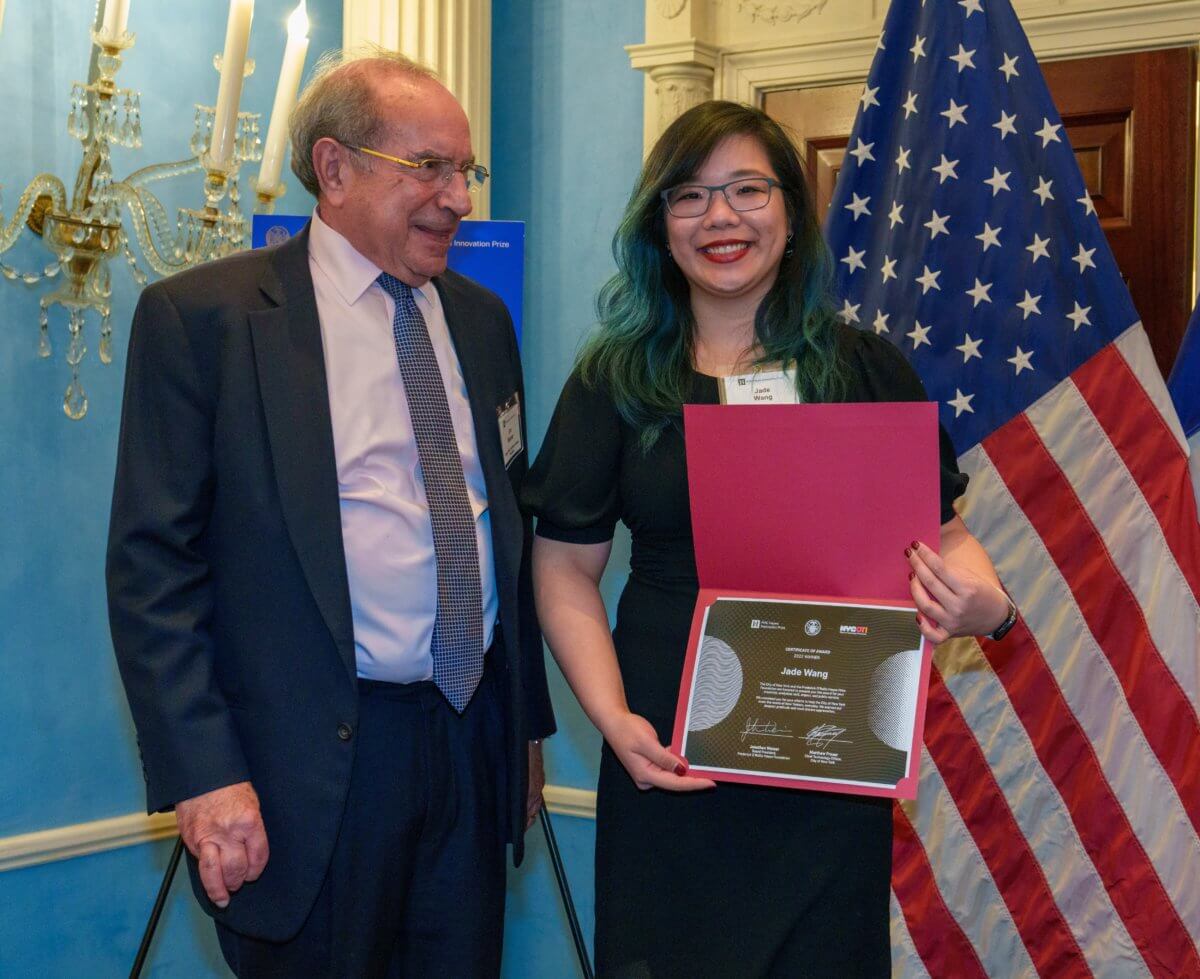
Cassie Hackel, senior policy analyst at the NYC Department of Housing Preservation and Development, created a system that the agency uses to monitor evictions in government-assisted housing and hold landlords with eviction rates of over two percent accountable.
“Our new requirements for sponsors to disclose information about evictions in their portfolios allows HPD to collect key information we didn’t have before and start working towards new eviction prevention policies,” said Hackel.
The foundation is made possible through donations from former city employees and officials, many of whom worked for or with Frederick O’Reilly Hayes, the city’s budget director in the late 1960s, who was known for attracting young, innovative employees to come work with him to transform city government.
City agencies themselves identify what they view as outstanding work and submit to the foundation to help decide on the winners.
This year’s prize winners include:
- Jay Bala, New York City Department of Health and Mental Hygiene (DOHMH), who developed and implemented the agency’s Public Health Partners Connect, a data project that allows DOHMH to identify, manage, and visualize relationships with over 20,000 external partners. This system allowed DOHMH to deploy vaccinefinder.nyc in a matter of weeks when vaccines became available for COVID.
- Cindi Davidson and Ashley Charles, New York City Taxi and Limousine Commission (TLC), who were instrumental in the successful implementation of TLC’s Medallion Relief Program Plus (MRP+), an unprecedented debt-relief program that has ensured financial security for over 1,200 taxi medallion owners who were hard hit by both pandemic and the disruptive influx of Uber and Lyft on the taxi industry.
- Imen Harrouch and Michael Conway, New York City Department of Sanitation (DSNY), who collaborated to construct DSNY’s first real-time tracking system to monitor citywide street sweeping, which addressed a five-fold increase in complaints over deficient street sweeping in the pandemic.
- Masha Gindler, New York City Mayor’s Office of Efficiency, who created first-of-their-kind initiatives to measure the “time tax” burden caused by government services and introduce “secret shopper” programs in different agencies to enhance customer experience.
- Cassie Hackel, New York City Department of Housing Preservation and Development (HPD), who pioneered the Eviction Rate Questionnaire and Eviction Prevention Training, which allows HPD to monitor evictions in government-assisted housing and hold sponsors accountable with eviction rates of over two percent.
- Joseph Iacoviello, New York City Department of Education (DOE), who led DOE’s rapid transition online in March 2020. Iacoviello helped to procure and distribute over 240,000 devices in the first eight weeks of the pandemic alone, procured over $50 million in hard and software donations, and coordinated with multiple major telecom companies to provide LTE access.
- Sujin Lee, New York City Mayor’s Office of Economic Opportunity, who heads the Mapping Equity project, an interactive mapping tool that shows a geographic picture of New Yorkers’ quality of life using 75 measures of neighborhood well-being and public service delivery from over 25 New York City government agencies.
- Selena Ley, Bronx District Attorney’s Office, who spearheaded the Digital Forensic Laboratory, the first accredited lab focused on electronic storage devices in New York state and only the fourth nationwide. This laboratory has allowed prosecutors to access sensitive personal information on over 1,000 devices since 2018.
- Sharon Greene and Eric Peterson, New York City Department of Health and Mental Hygiene (DOHMH), who built and maintained the city’s automated communicable disease spatiotemporal cluster detection system — the first to prospectively detect actual local outbreaks of Legionnaires’ disease, salmonellosis, shigellosis, campylobacteriosis, and cryptosporidiosis.
- Garfield Swaby, New York Public Library (NYPL), who spearheaded NYPL’s groundbreaking program to provide internet access to New Yorkers living within range of different library pilot locations. His team used cutting edge CBRS technology to extend the reach of each libraries’ signal to service the surrounding neighborhoods at speeds faster and more reliable than broadband.
- Henry Wang, New York City Police Department (NYPD), who created the Risk Analytics Unit that publishes analytical tools for officers and NYPD leadership to more easily visualize key performance metrics from citywide to precinct level.
- Jade Wang, New York City Department of Health and Mental Hygiene (DOHMH), who developed and championed the analytical tools necessary to decipher and translate gigabytes of whole genome sequence data that is used to inform disease outbreak response actions taken in New York City during the COVID pandemic.



